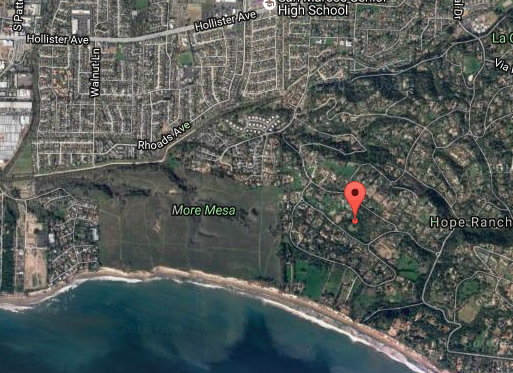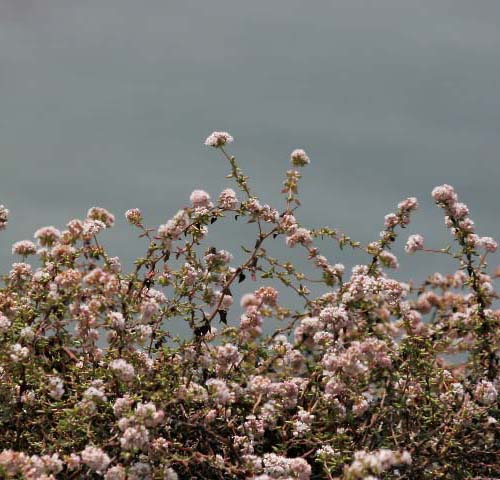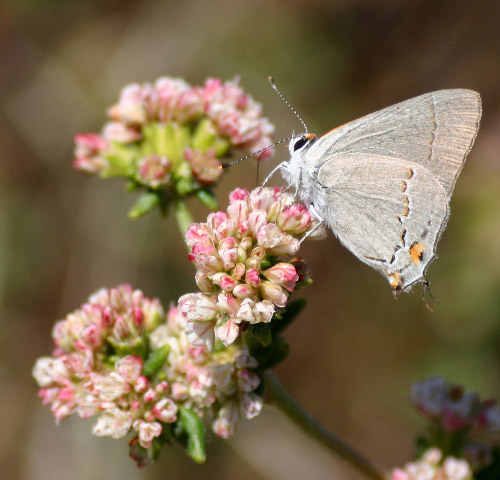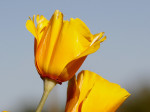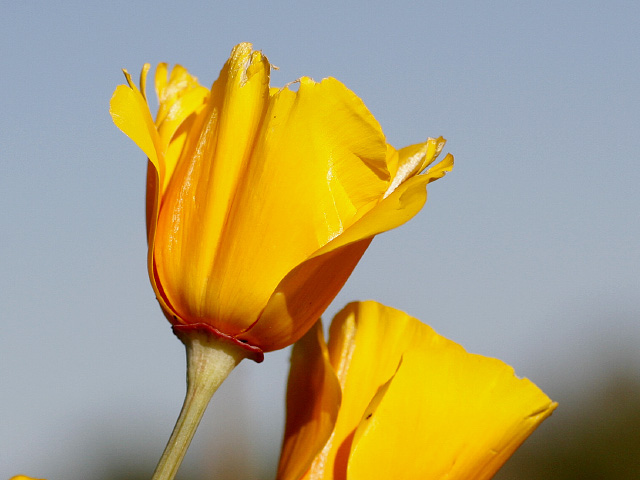White-tailed Kites!
Although sightings of White-tailed Kites have been rare in this fifth year of the drought, we are happy to report that a pair of these special birds have been seen, very recently, on the eastern side of More Mesa, and on the western portion as well. While these two sightings may be of the same two birds, it is glorious news that even one pair is still here. And as we explored sources of information about our iconic bird, it appears that a pair actually fledged two chicks this past spring. The fledging, on western More Mesa, was one of only two reported nests in the entire Goleta Valley for this year. This information reminds us, once again, how important More Mesa is to the survival of this “California Bird of Special Concern”.
To learn more about this beautiful and important bird, visit two different articles hosted on our web site.
- The first is a life history of White-tailed Kites and illustrated with many images of the kites at various stages of life: chicks, fledglings, courtship and breeding.
- The second, titled “Vieja Kites” is the fascinating story of a year when a pair of White-tailed Kites nested on Vieja Drive but hunted, and taught their young to hunt on More Mesa.
White-tailed kites are found almost year-round on More Mesa where they have well-established, historic nesting sites. In 2004, two of these sites were made unusable because of human activity. A homeless person camped under one of the nesting trees, and BMX bicyclists rode noisily under another.
Because of this, the first nesting attempt by the affected kite pair failed, and in a second attempt, the pair chose a stand of oaks at the end of Vieja Drive very close to More Mesa.

On More Mesa, adult kite on left, juvenile kite on right.

